Embarking on a wilderness adventure demands a level of preparedness that encompasses far more than just gear and supplies. It necessitates a keen awareness of potential dangers and the foresight to pack a comprehensive first aid kit.
In this guide, we will delve into the essential items every backpacker must carry to handle medical emergencies while on the trail.
From basic wound care to addressing more serious medical issues, this how-to guide will equip you with the knowledge to assemble and utilize a first aid kit that could mean the difference between a minor inconvenience and a life-threatening situation.
Types of First Aid Kits for Backpacking
Your safety while backpacking heavily relies on the first aid kit that you carry. There are various types of first aid kits suitable for different backpacking needs.
Perceiving the differences between them will help you choose the most appropriate kit for your adventures.
| Basic First Aid Kits | Comprehensive Medical Packs |
| Ultralight Kits for Minimalist Travelers |
Basic First Aid Kits
Basic first aid kits are ideal for short day hikes and casual backpacking trips where the risk of serious injury is relatively low.
These kits typically contain essential items for treating minor injuries such as cuts, scrapes, and insect bites. Basic first aid kits are lightweight and compact, making them convenient to carry in your backpack.
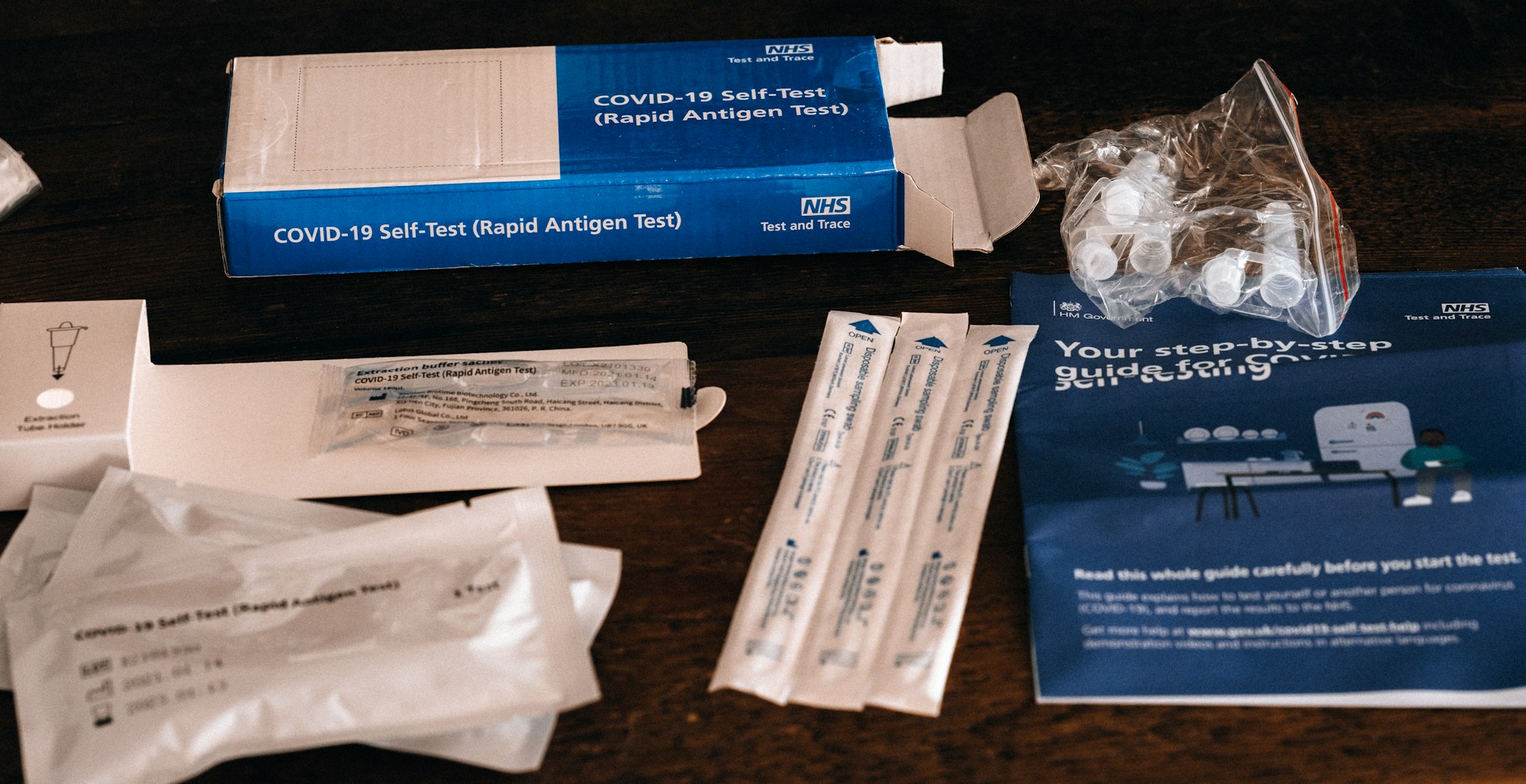
Comprehensive Medical Packs
Backpacking in remote or challenging environments requires a more extensive first aid kit. Comprehensive medical packs are equipped with a wide range of supplies to handle various medical issues and emergencies.
These kits often include prescription medications, wound care essentials, and tools for more advanced first aid procedures.
Medical packs are essential for providing comprehensive care in the wilderness, ensuring you are well-prepared for any situation that may arise while backpacking.
Perceiving the importance of carrying a well-equipped medical pack is crucial for addressing any and all medical issues that may occur during your outdoor adventures.
Prescription medications, wound care supplies, and tools for advanced first aid procedures are all integral components of a comprehensive medical pack.
Ultralight Kits for Minimalist Travelers
Kits designed for minimalist travelers are lightweight and compact, catering to individuals who prioritize traveling with as little weight and volume as possible.
These ultralight kits generally prioritize essential items for treating common injuries and ailments, allowing minimalist travelers to pack efficiently without sacrificing safety.
Additionally, ultralight kits are suitable for backpackers focused on covering greater distances or those aiming for speed during their outdoor pursuits.
Minimalist travelers benefit from ultralight kits designed to provide essential first aid supplies while minimizing the weight and space they occupy in a backpack.
These kits are tailored for individuals who prioritize efficiency and mobility during their outdoor adventures.
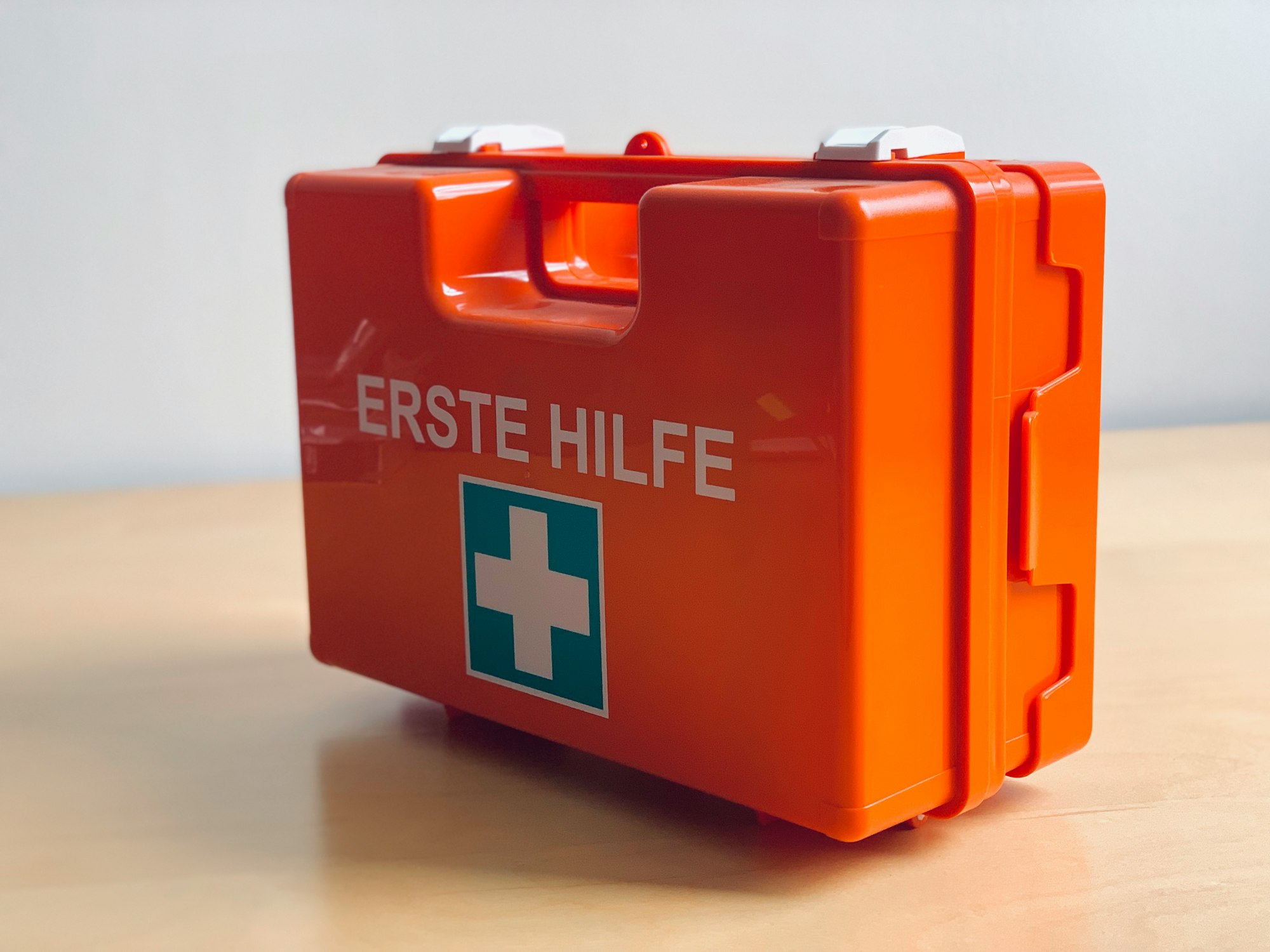
Factors to Consider When Assembling Your First Aid Kit
Assuming you are a backpacker, the contents of your first aid kit should be tailored to your specific needs and the nature of your trip. There are several factors to consider when assembling your first aid kit.
- Duration and Location of Your Trip: Location will determine the availability of medical facilities and supplies. Duration will determine the quantity of supplies you will need to carry. Consider the terrain and climate of your destination, as well as the distance from medical help.
- Your Medical Knowledge and Skills: Your level of medical knowledge and training will also influence the contents of your first aid kit. It's important to carry supplies that you know how to use effectively in case of an emergency.
Though it's tempting to pack light for a day hiking trip, it's critical to carry essential supplies, especially if you are venturing into the wilderness without easy access to medical facilities.
Always be prepared for any and all repairs or medical issues that may arise during your trip, including allergies, minor cuts, and other unforeseen circumstances.
Duration and Location of Your Trip
Location plays a crucial role in determining the contents of your first aid kit. Remote wilderness areas will require a more comprehensive kit, including supplies for self-treating injuries and medical conditions.
Additionally, your kit should be equipped to address the unique challenges posed by the specific environment and its potential hazards.
Similarly, the duration of your trip will dictate the quantity of supplies needed to sustain you until you can access medical help.
Your Medical Knowledge and Skills
Medical preparedness is paramount when venturing into the wilderness. Your level of medical knowledge and skills will influence the contents of your first aid kit.
It's important to carry supplies that you are proficient in using, ensuring that you can effectively manage any medical emergencies that arise while on your trip.
Trip duration, location, and potential environmental hazards should be taken into account when gauging the extent of your medical knowledge and the necessary supplies to carry.
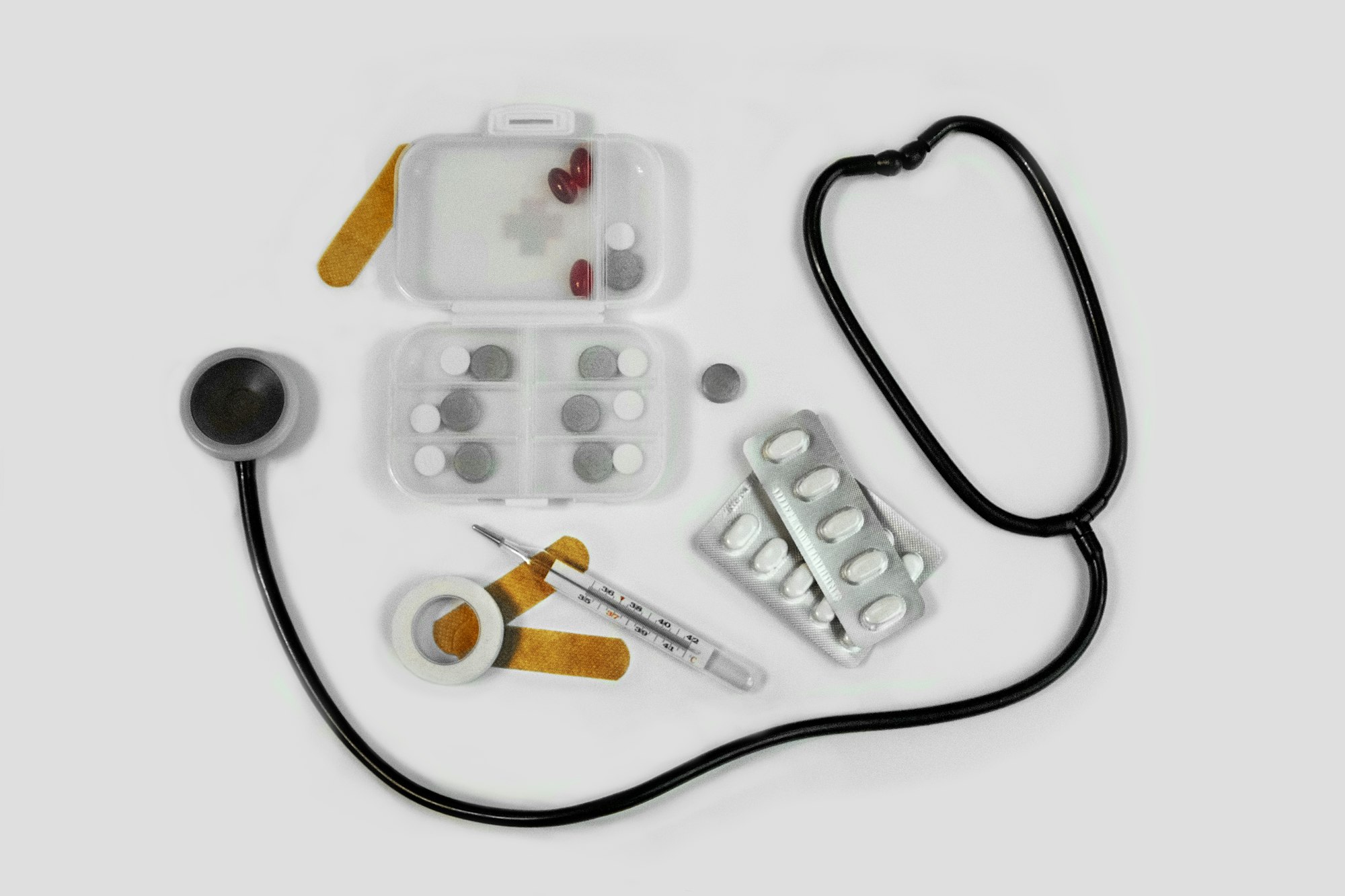
Environmental Hazards and Expected Conditions
When considering the contents of your first aid kit, take into account the environmental hazards and expected conditions of your destination.
Factors such as extreme temperatures, rugged terrain, wildlife, and the prevalence of specific medical issues, such as allergic reactions and poison oak, will determine the essential supplies to include in your kit.
Consider the potential risks associated with your trip, including minor cuts, bee stings, and other injuries that may occur while hiking.
It is important to be prepared for a wide range of environmental hazards and medical concerns, ensuring that your first aid kit is comprehensive and versatile enough to address various potential issues.
Step-by-Step Guide to Building Your Own First Aid Kit
Despite the excitement of embarking on a backpacking trip, it is crucial to prioritize safety by carrying a well-stocked first aid kit. To ensure you are prepared for any medical situation that may arise, it's essential to carefully build and pack your own medical kit.
The following table outlines the core essentials for every first aid kit as well as tips for tailoring your kit to personal needs and trip-specific risks.
| Core Essentials | Personalized Additions |
| Bandages, adhesive tape, and gauze pads | Prescription medications, allergy medications, and any necessary personal medications |
| Antiseptic wipes and antibiotic ointment | Pain relievers, anti-inflammatory medication, and anti-diarrheal medication |
| Tweezers, scissors, and a thermometer | Personal items such as an EpiPen for allergies or a CPR mask for emergency situations |
Core Essentials for Every Kit
First and foremost, every first aid kit should contain essential items such as bandages, antiseptic wipes, and necessary tools like tweezers and scissors.
These core supplies will serve as the foundation of your kit, helping address common injuries and ailments that may occur during your trip.
Tailoring
The process of building a first aid kit is not complete without tailoring it to your personal needs and the specific risks associated with your backpacking trip.
This involves adding personalized items such as prescription medications, allergy medications, and any necessary personal medications to cater to specific health concerns or conditions.
Additionally, consider including pain relievers, anti-inflammatory medication, and anti-diarrheal medication to address potential issues that may arise based on your health history or the nature of your adventure.
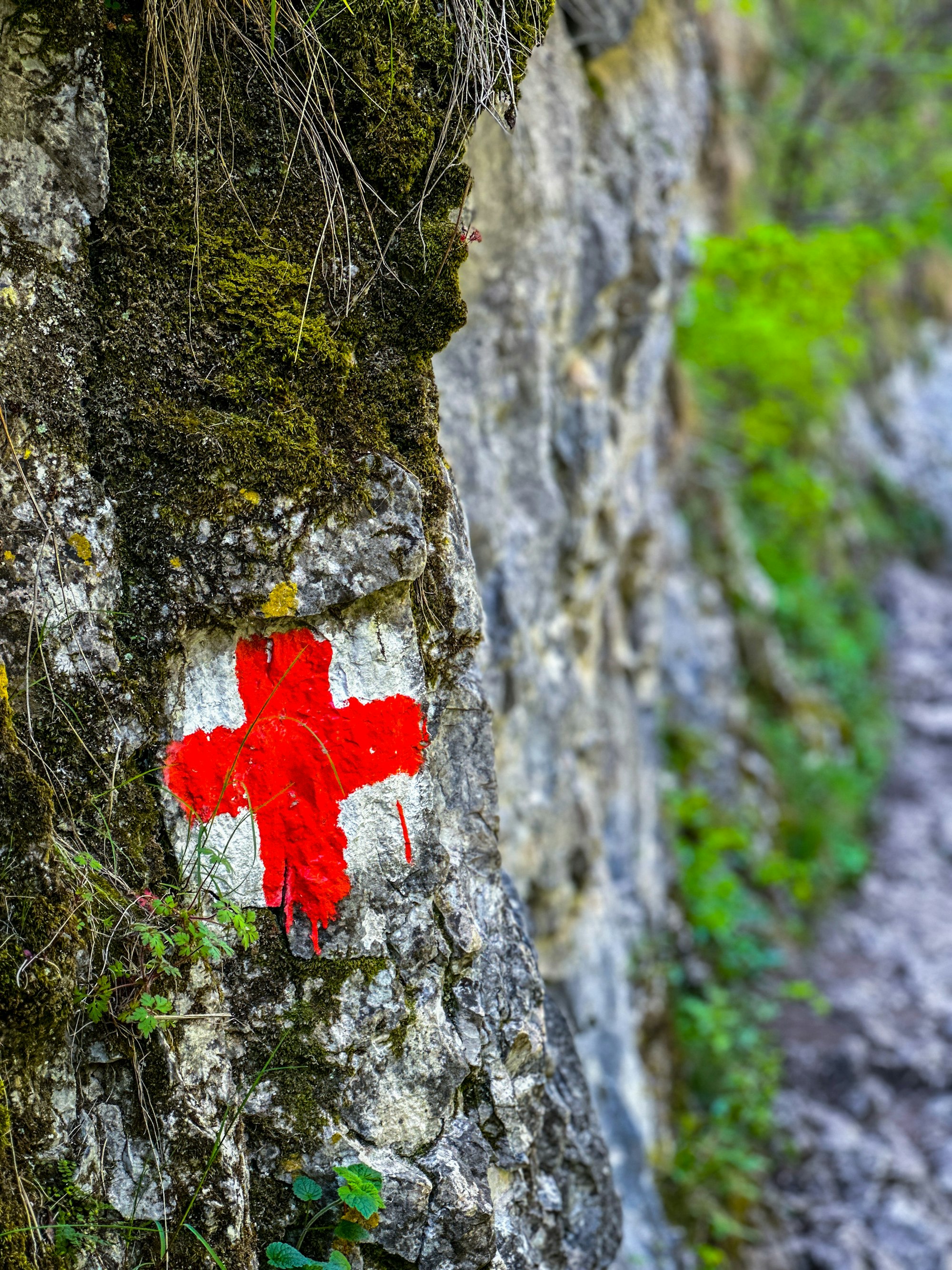
Tips for Packing and Organizing Your First Aid Supplies
The key to a well-prepared first aid kit lies in the organization and packing of essential supplies.
Perceiving the significance of efficient packing, ensure that your kit is organized in a waterproof container to prevent damage and keep supplies clean and dry.
Utilize small bags to categorize items and make them easily accessible, further optimizing the usability of the kit. Lastly, maintain an updated list of contents and expiration dates to ensure that your kit is continually equipped with all necessary supplies.
- Pack essential supplies in labeled, resealable plastic bags for easy access and organization
- Include clear, written instructions for using each item within the kit and a list of emergency contact numbers
Maintenance and Usage Tips for Your First Aid Kit
Unlike other pieces of gear, your first aid kit requires regular maintenance to ensure that it is ready for use in an emergency.
Proper care and attention to the contents of your kit can make the difference between a minor incident and a major emergency. Here are some maintenance and usage tips for your first aid kit:
- Check the expiration dates on all medications and supplies in your kit at least once a year. Replace any expired items and replenish any items that have been used.
- Inspect the contents of your kit before every trip to make sure everything is in good condition and nothing is missing.
- Store your first aid kit in a cool, dry place away from direct sunlight and extreme temperatures.
Any items that have been used or are close to expiring should be replaced before your next trip.
It’s also a good idea to periodically review the contents of your kit and make any necessary updates based on your hiking experiences and the unique risks of the environments you frequent.
Keeping Your Kit Up-to-Date
First aid kits should be regularly inspected to ensure that all items are up to date and in good condition. It is important to replenish any supplies that have been used and replace any expired medications or ointments.
Keeping your kit up-to-date ensures that you are prepared for any medical issues that may arise while backpacking.
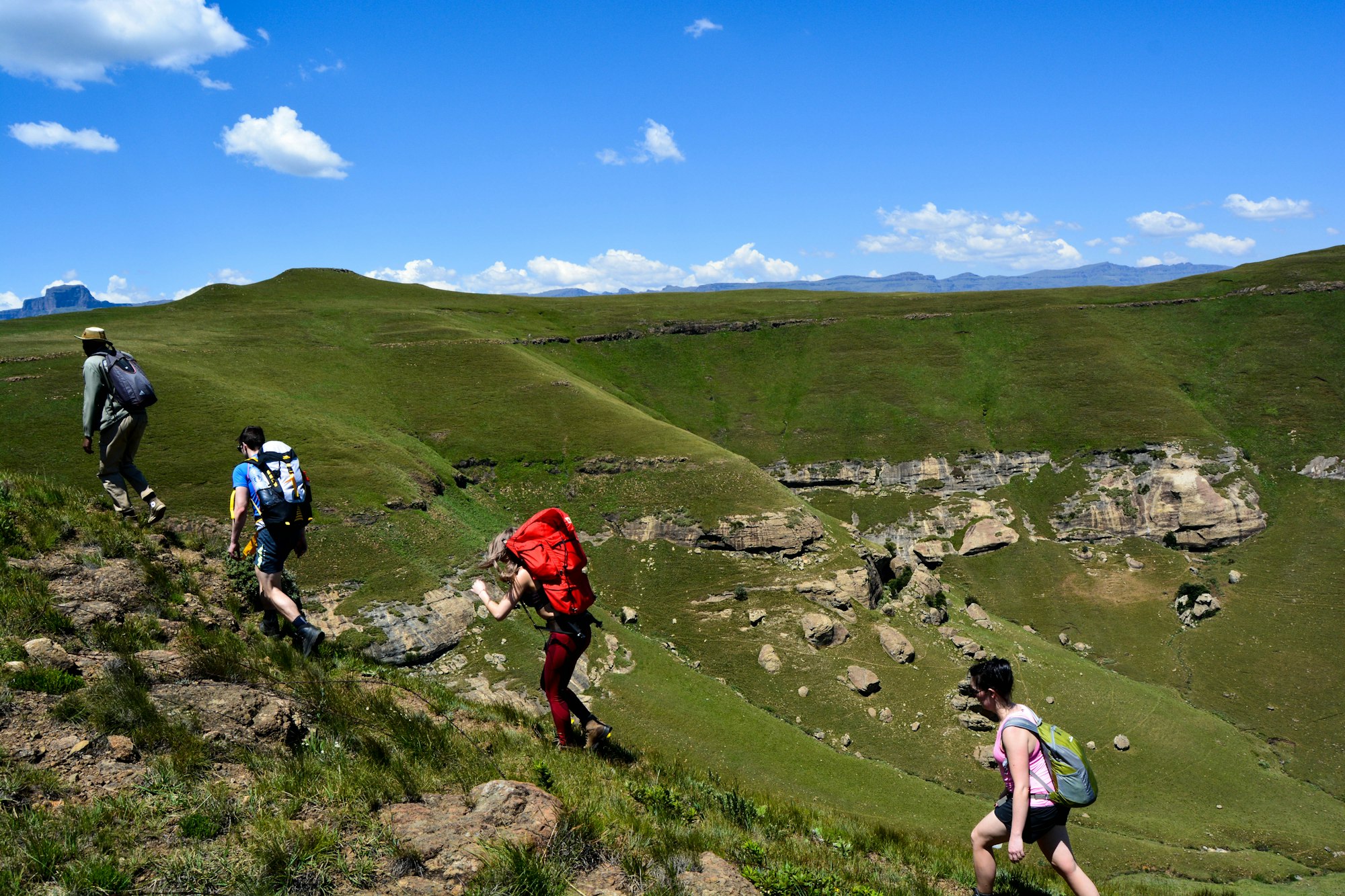
Basic First Aid Techniques Every Backpacker Should Know
UptoDate knowledge of basic first aid techniques can be invaluable while hiking. Knowing how to clean and dress wounds, provide CPR, and handle allergic reactions or other medical issues can make a significant difference in the outcome of an emergency situation.
Keeping yourself informed and educated on basic first aid techniques is essential for every backpacker.
Pros and Cons of Pre-Packaged Kits vs. DIY Kits
Techniques of pre-packaged first aid kits are convenient and come with a variety of essential supplies. However, DIY kits allow for customization and personalization of the contents.
Both options have their pros and cons, each catering to the specific needs and preferences of a backpacker. The table below outlines the pros and cons of pre-packaged kits versus DIY kits:
Pre-Packaged Kits
| Pros | Cons |
| Convenient and ready to use | May contain unnecessary items |
| Comprehensive and well-organized | Limited customization |
DIY Kits
| Pros | Cons |
| Customizable to specific needs | Requires time and effort to assemble |
| Personalized to individual preferences | Potential for overlooking essential items |
Backpackers should weigh these pros and cons when deciding on the type of first aid kit to carry on their adventures.
Some Final Thoughts
Ultimately, having a well-stocked first aid kit is essential for every backpacker. It's important to be prepared for any emergency while out in the wilderness, and having the right supplies can make all the difference.
From basic first aid supplies to more specialized items like a CPR mask or an EpiPen, a well-prepared first aid kit can help you address a wide range of injuries and medical issues.
By following this guide and ensuring you have all the necessary essentials, you can hike and backpack with confidence, knowing you're equipped to handle any situation that may arise.
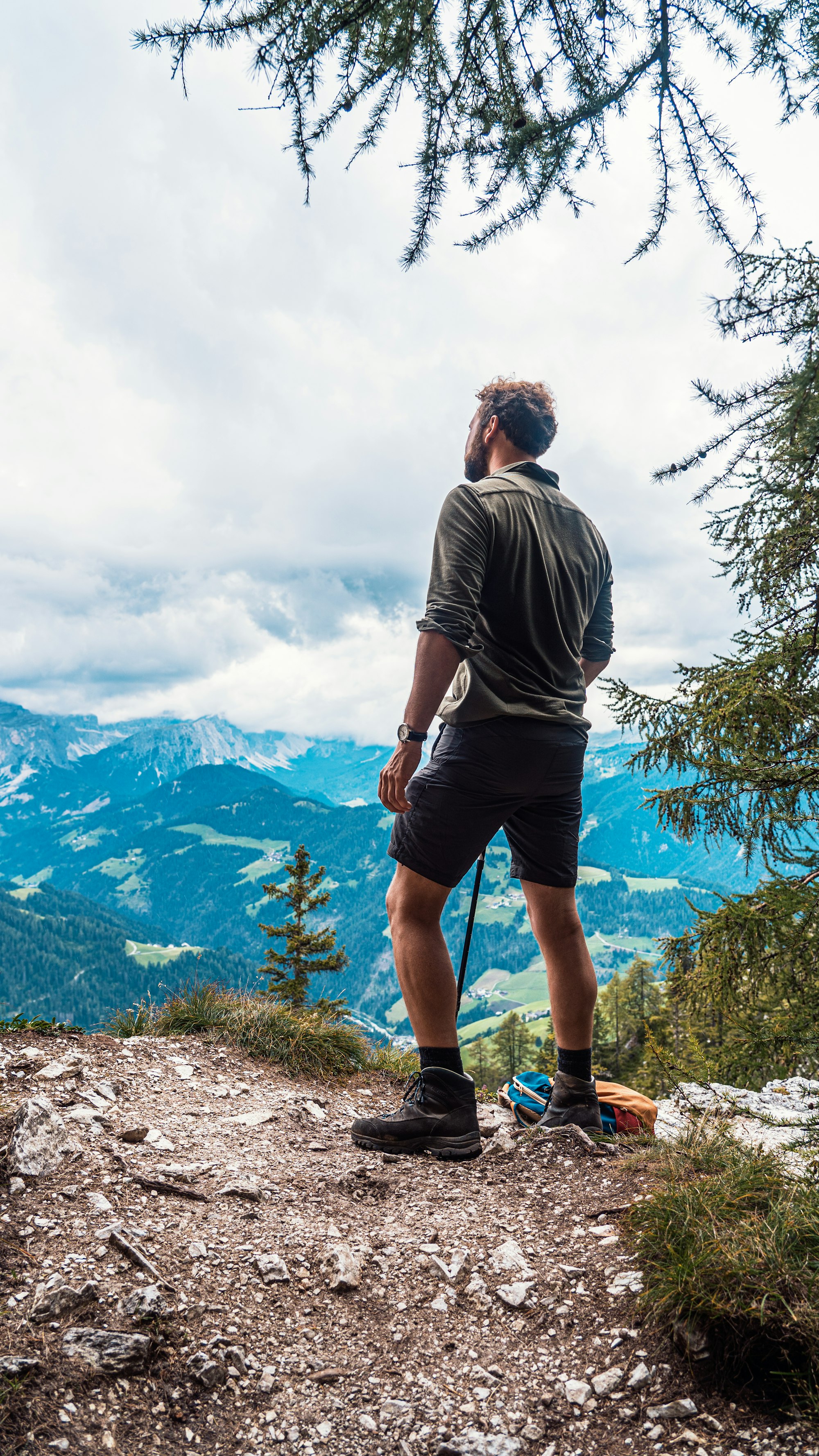
FAQ's
Q: Why is it important for backpackers to have a first aid kit?
A: It is important for backpackers to have a first aid kit because they may encounter injuries or illnesses while in remote wilderness areas where medical help may not be readily available. Having a well-equipped first aid kit can help backpackers address minor injuries and medical issues while outdoors.
Q: What are the essential items that should be included in a backpacker's first aid kit?
A: Essential items for a backpacker's first aid kit include bandages, adhesive tape, gauze pads, antiseptic wipes, tweezers, scissors, pain relievers, blister treatment, moleskin, allergy medication, and any personal medications or supplies specific to individual needs.
Q: How should backpackers choose the right first aid kit for their outdoor adventures?
A: Backpackers should choose a first aid kit based on the activities they will be participating in, the size of their group, and the length of their trip. It is important for the kit to be lightweight, compact, and waterproof to withstand outdoor conditions.
Q: What are some additional items that backpackers should consider adding to their first aid kit?
A: Additional items to consider adding to a backpacker's first aid kit include a CPR mask, emergency blanket, irrigation syringe, EpiPen (for severe allergic reactions), splint, emergency contact information, and a first aid manual or guide.
Q: How often should backpackers check and replenish their first aid kit supplies?
A: Backpackers should check their first aid kit supplies before each trip and replenish any items that have been used or expired. It is important to ensure that the first aid kit is always fully stocked and up to date.
Q: What are some common injuries or medical issues that backpackers may encounter, and how can the first aid kit help?
A: Common injuries or medical issues that backpackers may encounter include sprains, blisters, cuts, insect bites, allergies, and minor illnesses. The first aid kit can help by providing the necessary supplies to address these issues and prevent them from escalating.
Q: In what ways can backpackers educate themselves on how to effectively use their first aid kit?
A: Backpackers can educate themselves on how to effectively use their first aid kit by taking first aid courses, wilderness first aid training, or through online resources and tutorials. It is important to have the knowledge and skills to use the first aid kit effectively in emergency situations.
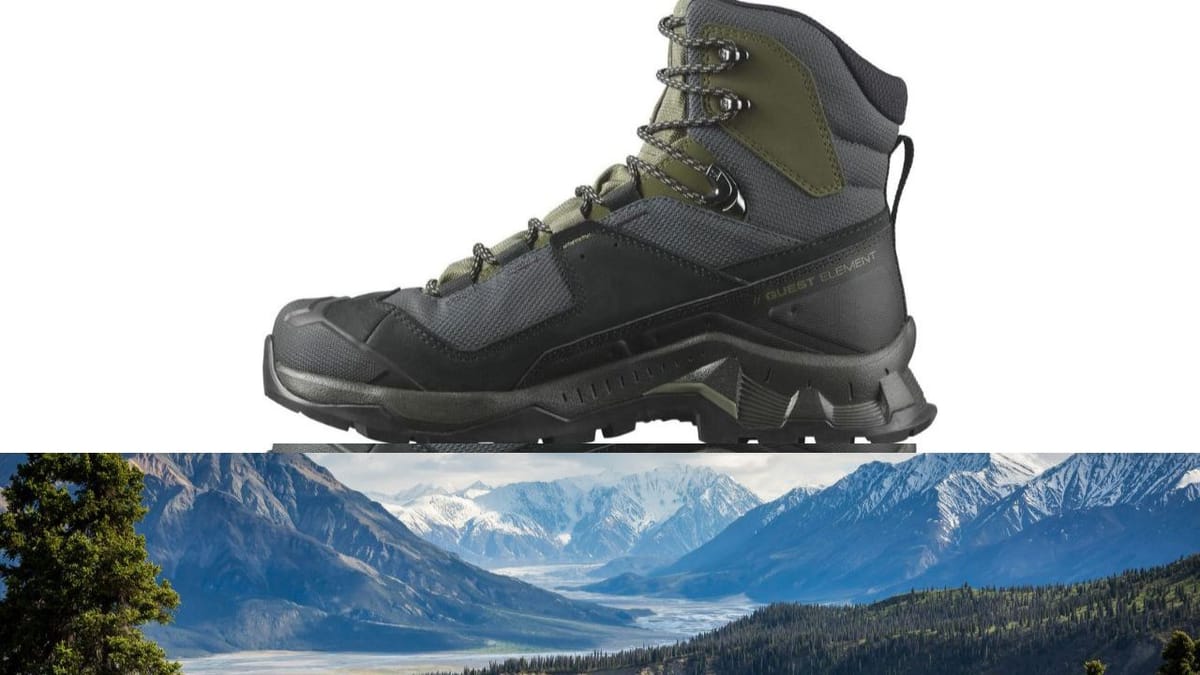


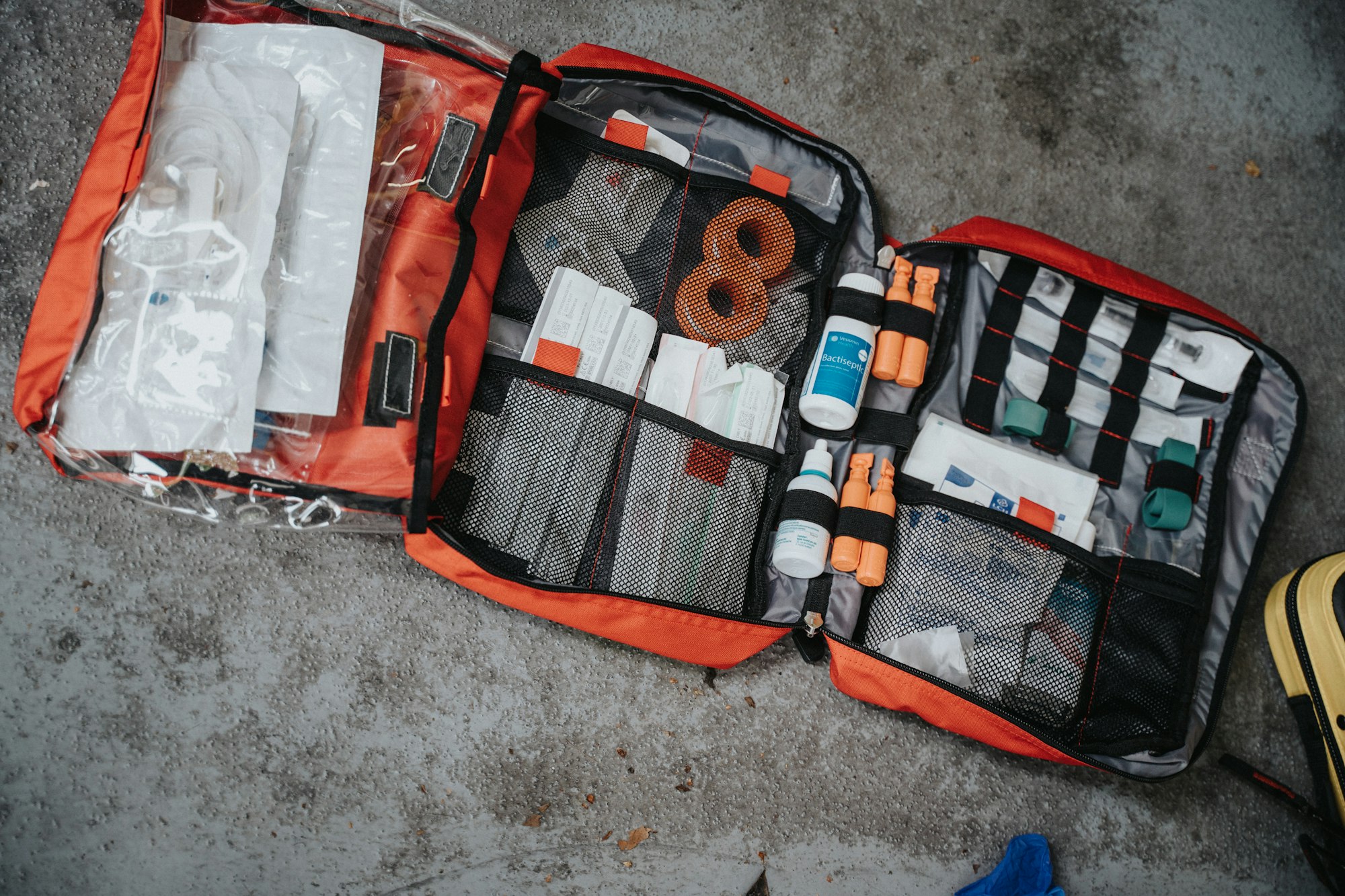


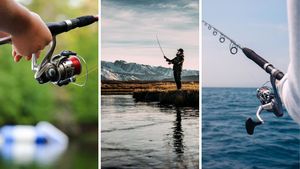


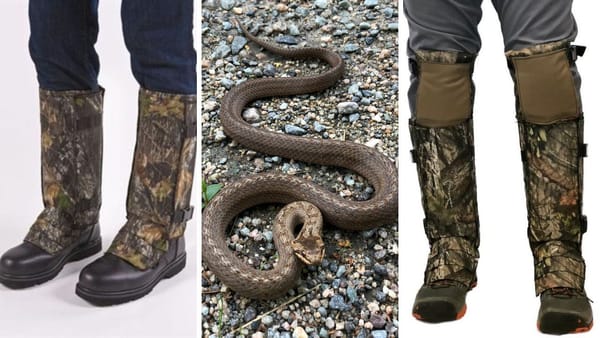



Member discussion